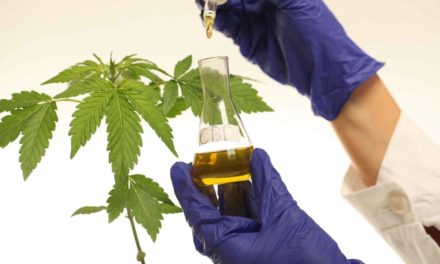For many years not a lot of thought was given to production and the supply chain within the pharmaceutical industry. As long as market demand was met with quality, compliant products, production was generally ignored as an area that could lend itself to gaining a competitive advantage, and things rocked along pretty much as they always had. Today the growing cost, along with compliance and competitive pressures, are changing that attitude and executives are increasingly looking to apply lean manufacturing solutions to production.
Consider these few salient developments:
· As a result of the FDA’s greater emphasis on and closer scrutiny of drug safety, pharmaceutical manufacturers in the U.S. face an extended time to market.
· In the US and Europe combined, drug recalls have risen from 2,999 in 1995 to a high-water mark of 5,338 in 2005.
· Governments are capping prices, but imposing more and more regulatory and compliance burdens.
· Penalties for compliance infractions are on the rise. In 2005, the FDA fined GlaxoSmithKline $650 million due to irregularities at a production facility in Puerto Rico.
· Fewer block-buster drugs are being produced. Consequently, it’s increasingly difficult to justify the burgeoning costs of drug development and to gain investors for future development.
With all these hurdles reducing profitability, pharmaceutical executives are now actively seeking to remodel production and boost efficiency. The first issue to receive consideration has been reducing the cost of manufacture-to-turnover ratio. Lean manufacturing implementation can help accomplish this—and much more.
About 20 years ago, manufacturers in other industries, especially the auto industry, found themselves in a similar situation. By implementing lean manufacturing solutions, they were able to achieve and sustain improved profitability. They learned to deliver greater value to the customer at a much lower cost. An analysis of FTSE 100 companies revealed that the auto industry increased manufacturing productivity by 50%, and the electronics industry achieved an impressive 190% increase in productivity.
Pharmaceutical manufacturers noticed results like these, and began implementing their own lean manufacturing process. However, in most of these cases it wasn’t long before they reverted to the old familiar systems and habits and, consequently, fell behind other industries in efficiency improvements. Today pharmaceutical manufacturers are looking back on this earlier experience and, having shed certain false assumptions, are again taking up lean manufacturing.
Here are a few of the more common false assumptions:
· That employees would readily, willingly, and fully accept lean practices, and from that would flow vastly improved production within a short time
· That implementing lean manufacturing wouldn’t require the attention of top-level leadership, but could be turned over to plant managers
· That lean manufacturing principles could be learned and implemented in a relatively short time rather than the actual minimum of four to five years
Without the impediment of false assumptions, and with a new willingness to fully embrace lean manufacturing, pharmaceutical manufacturers are now positioned to radically remodel production processes and, from that, gain critical competitive advantages.
To learn more about how lean manufacturing strategies can streamline your business and improve your bottom line, visit Smart Lean Manufacturing .






